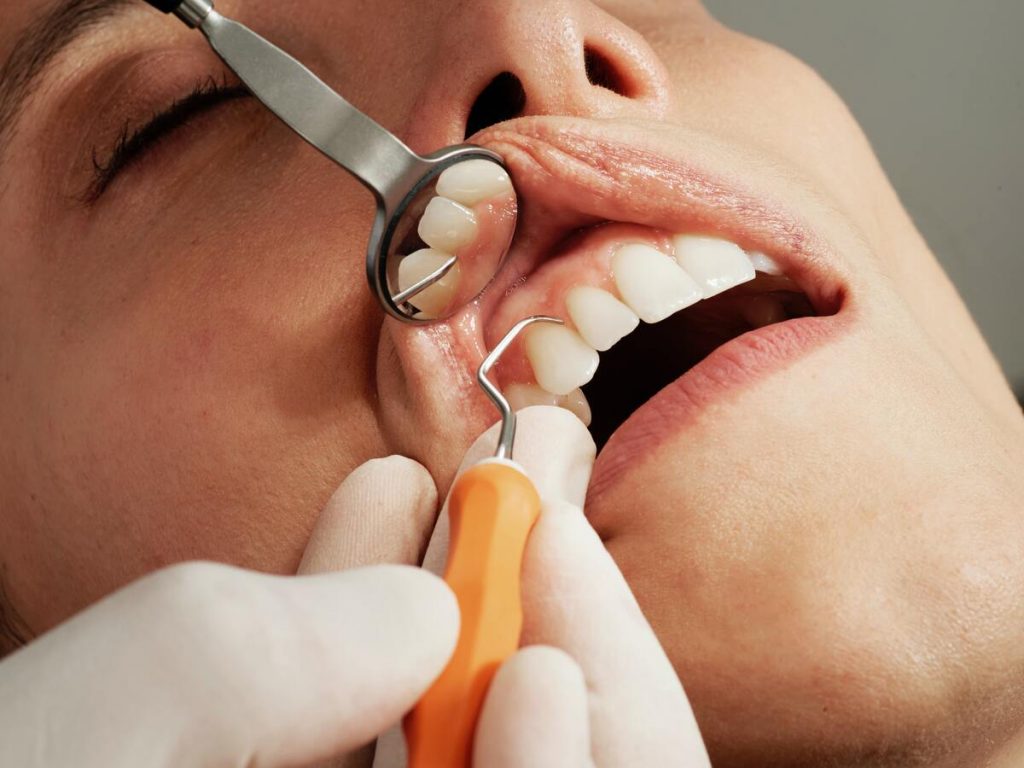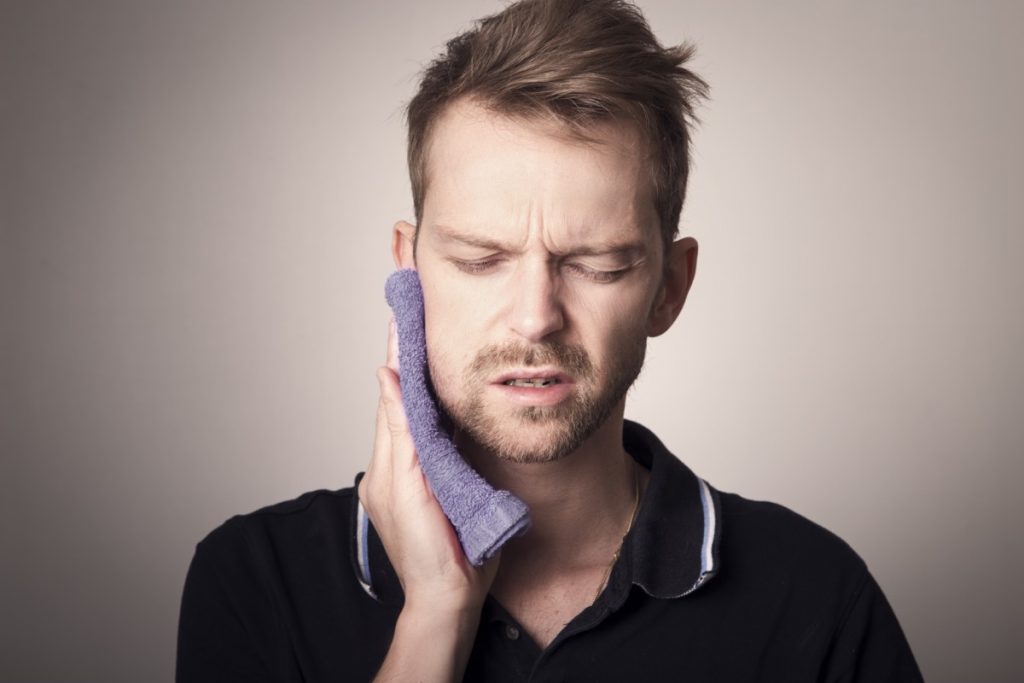Recognising an emergency
Accidents happen, and when they do it is important to recognise when an emergency dentist Dublin is needed in order to preserve your dental health and prolong the lifespan of your smile. Unsurprisingly, slips, trips and falls – be it through sports or otherwise – account for the majority of visits to the emergency dentist, although there are other, slower developing instances that may call for an emergency dental appointment which it also pays to recognise.
One such sign of a dental emergency is facial swelling, a dental abscess or sudden toothache which does not go away with over-the-counter medication. As with all emergency cases, the sooner you seek out adequate help from a trusted professional the higher the chances of a full and speedy recovery are.
What happens at an emergency dental appointment?
As mentioned there are several instances or scenarios which can call for an emergency dental visit, each of which will be handled by the practitioner differently depending on their specifics.
If you have lost or chipped a tooth through injury or decay (which is one of the most common causes for an emergency dentist) the first thing that will happen at your appointment is the practitioner will clean the affected area and remove any dirt or bacteria which may have entered your gums.
They may then also administer a local or general anaesthetic should you require it, before attempting to treat the emergency. If you have your lost tooth with you the practitioner may try and reattach it there and then by placing it back into your gums.
Should this not be possible they will fill the gap with a temporary cap before booking you in for further treatment to bridge the space on a permanent basis through dental implants or crowns.
What do I do if I’ve lost a tooth?

Losing a tooth can be an incredibly stressful and traumatic ordeal, but there are some important steps that you can take, should the situation ever arise, to make sure that you have the best chances of a fast reattachment.
Firstly, if the entire tooth is lost and is still intact, you need to pick the tooth up by the crown (visible part of the tooth) and avoid touching the root where the nerves are. Then you should rinse the tooth off using either sterilised water or milk, before trying – if you can – to reinsert it yourself.
If you can’t reinsert the tooth, place it in milk and bring it to your emergency dental practice immediately. The faster you get into a dentist’s chair after losing a tooth, the sooner you will have a full recovery.
Should you not seek out an emergency dentist and instead leave the space in your mouth untreated then it can have a rippling effect, which can cause your remaining teeth to become out of place and crooked, as well as potentially impacting your entire facial shape and leading to difficulty eating or speaking clearly.
The best thing you can do, if you feel that you are suffering a dental emergency, is to seek out professional help from a trusted local provider.

